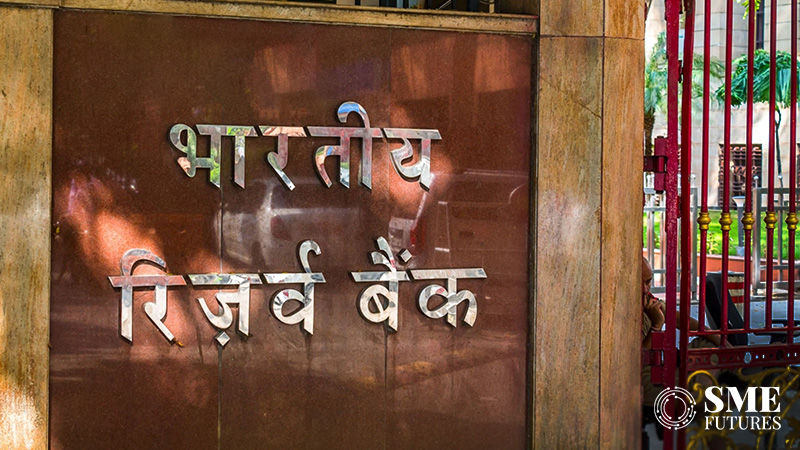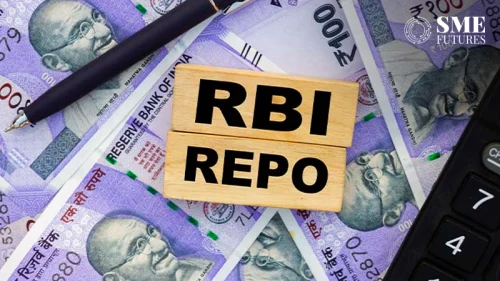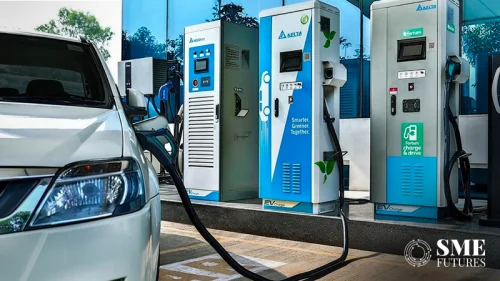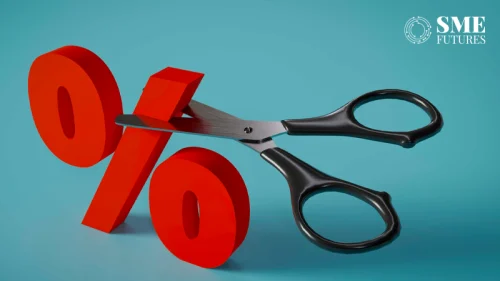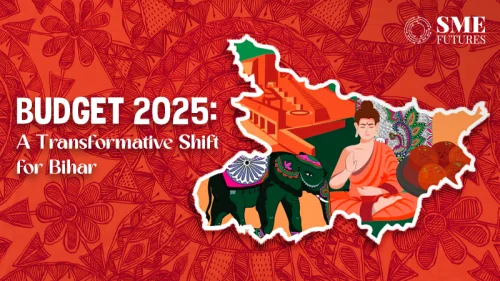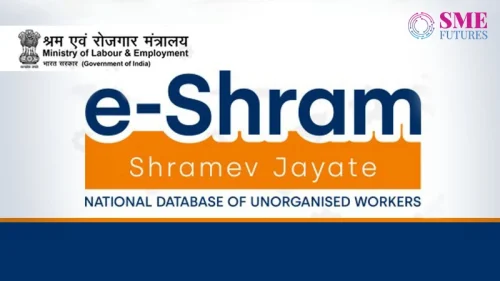Even as the Reserve Bank of India’s (RBI) Monetary Policy Committee has not changed the repo rate from 6.5 per cent, a rate reduction may take even 12 months for that to happen, said experts.
The repo rate is the rate at which the RBI lendsto the banks.
The MPC at its meeting held October 4-6 has forecast inflation for FY24 at 6.5 per cent and its decision was announced by RBI Governor Shaktikanta Das on Friday.
Das said the MPC unanimously decided to keep the repo rate at 6.5 per cent and predicted a gross domestic product(GDP) growth of 6.5 per cent for FY24.
As regards the inflation rate, the MPC forecast was 5.4 per cent for 2023-24 taking into account the various domestic issues including potential agricultural produce.
“This decision aligns with the expectations of the majority of economists and underscores the central bank’s cautious approach in light of the uncertain global economic environment and the persistence of inflation at home. Nevertheless, the MPC could contemplate easing monetary policy if inflation begins to recede substantially or if economic growth shows signs of significant weakness,” said Parry Singh, Founder & CEO, Red Fort Capital.
“The Governor sounded cautious about inflation even though the full-year inflation projection was unchanged. It is to be noted that the Governor reiterated the RBI’s commitment to bring CPI inflation down to 4 per cent target. The RBI kept the GDP growth projection for FY24 untouched as they await additional data points to comprehensively assess the evolving dynamics,” Rajani Sinha, Chief Economist, CARE Ratings said.
Furthermore, the RBI remains watchful of the liquidity conditions and wants to ensure no build-up of surplus liquidity. Hence the governor announced that RBI would consider open market operation (OMO) sale of government securities to mop up excess liquidity as required, Sinha added.
“We expect the RBI to start its rate-cutting journey from the second quarter of next fiscal year as inflation edges closer to 4 per cent target,” Sinha said.
Although RBI expects significant easing of inflation in September, food inflation is expected to remain high. Consequently, a rate cut in the near future remains unlikely. While this may unnerve the bond markets to some extent, the equity markets, though slightly disappointed, have other triggers in the near term to track and worry about, said Dhiraj Relli, MD & CEO, HDFC Securities.
What does this decision mean for borrowers?
The RBI’s choice to keep the repo rate unchanged suggests that lending rates are likely to remain stable in the immediate future. This is certainly good news for borrowers, including those with home loans or personal loans. However, it’s worth noting that banks may not pass on the entirety of the rate pause benefits to borrowers.
“For depositors, the RBI’s decision is also favourable, as it implies that interest rates on fixed deposits will likely remain relatively high. Nevertheless, investors should be prepared for a gradual decrease in fixed deposit interest rates in the months ahead as the RBI embarks on its monetary policy easing journey,” said Singh.

